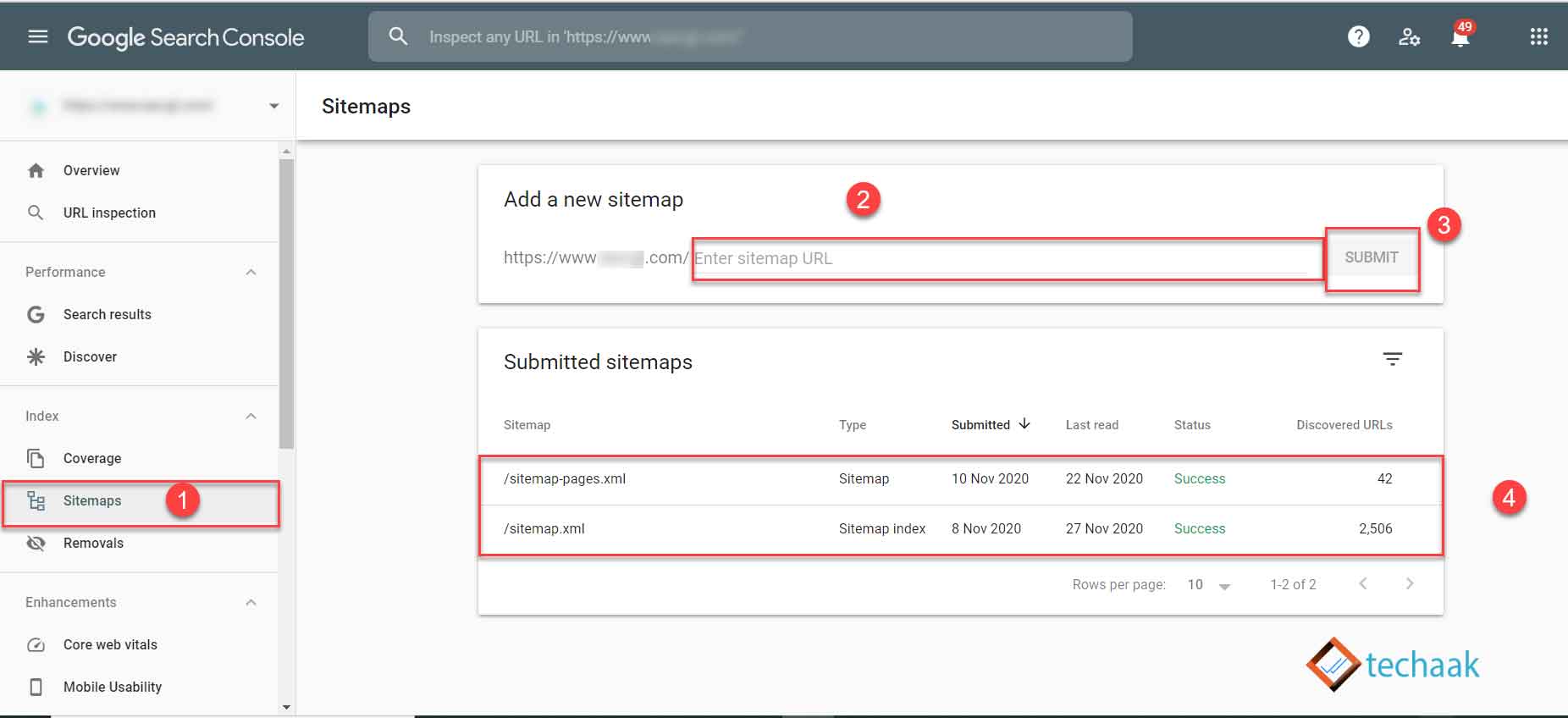Free Sitemap Generator Tool
Sitemap Maker
Enter your website URL below to generate the sitemap URLs.
Google recently released many updates for the Blogger blog, including the XML sitemap for blog posts and pages. We can access these sitemaps by adding sitemap.xml and all pages sitemaps by adding sitemap-pages.xml.
Suppose the blog URL is example.blogspot.com; the sitemap address will be
- https://example.blogspot.com/sitemap.xml (for all Blogger blog posts).
- https://example.blogspot.com/sitemap-pages.xml (for all Blogger Pages).
You’ve to replace https://example.blogspot.com with your blog address. For a custom domain Blogger blog, the sitemaps will be.
- https://www.example.com/sitemap.xml (for all Blogger blog posts).
- https://www.example.com/sitemap-pages.xml (for all Blogger Pages).
Here, you’ve to replace www.example.com with your domain name. These sitemaps will update whenever you publish something on your blog. That means you don’t need to update these sitemaps again and again.
Submitting the website’s sitemap to the search console to improve search results and analyze the SEO is essential. With the help of webmaster tools, you can keep an eye on ranking keywords and improve their rank.
Submit Blogger XML sitemap to Google Search Console.
The search engines fetch all URLs listed from the sitemap, crawl, and check whether the content is helpful for indexation. The sitemaps are more critical when there is weak internal linking of blog posts. It helps the search engine find the deep content and index for search results.
To increase the organic traffic of the Blogger blog, submit the XML sitemap file to Google Search Console. For this, you’ve to sign up for Google Search Console. Then, go to Google Search Console and click on Start Now, as shown below.

Now, this page redirects to Google Search Console, and you must verify your Blogger blog as a URL prefix. Go with the HTML tag method to confirm your website. You’ve to modify the Blogger template to add the HTML tag. And then click verify. After site verification, go to the sitemap option in the left-hand side menu below.
You may consider domain verification if you have a custom domain using multiple subdomains.

- Click on sitemaps
- and enter sitemaps for posts and pages.
- sitemap.xml
- sitemap-pages.xml
- Submit the above two sitemaps one by one.
- After the successful submission of the sitemap, a success message will appear. (If it results in an error, please refresh the page.)
Now all processes are done, it might show the number of posts or pages on the website or show processing data.
